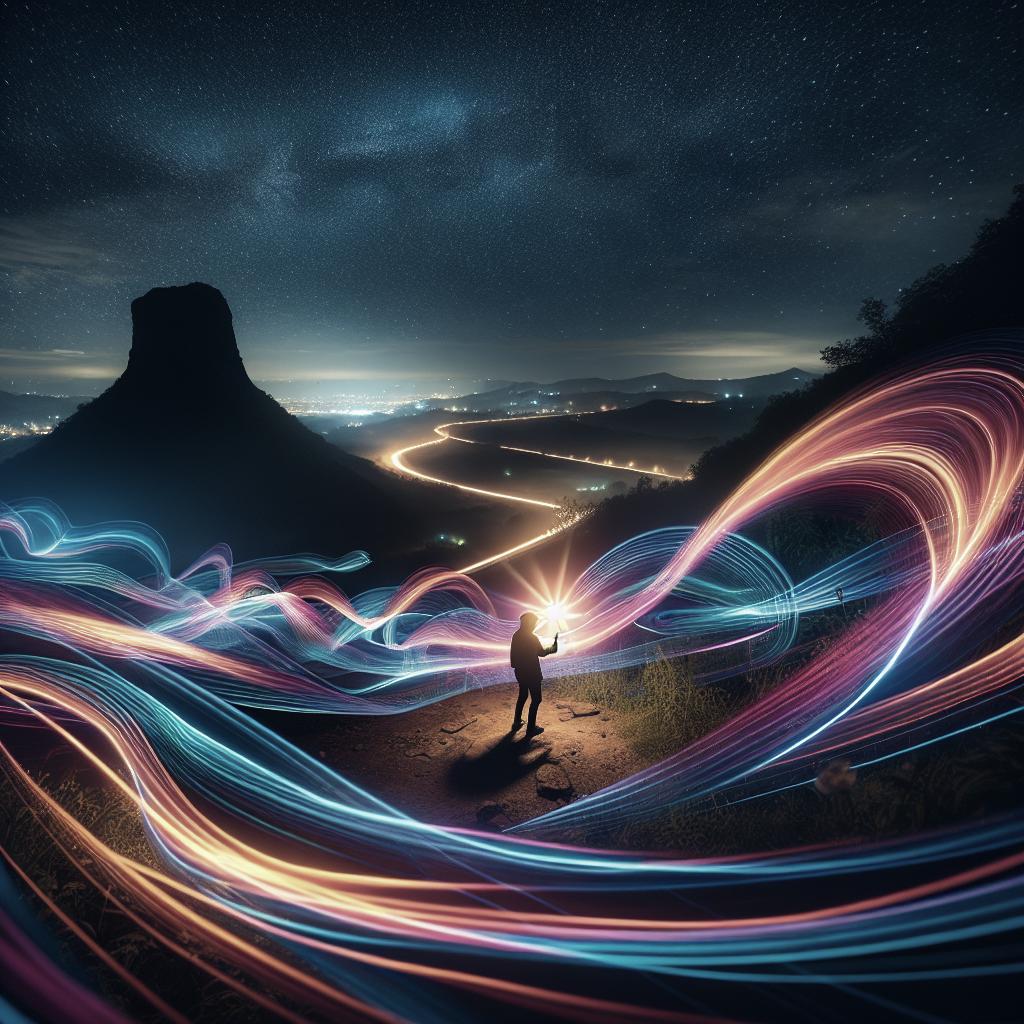“`html
Taking photos in low light conditions can be a significant challenge, especially when natural light is limited or completely absent. In this comprehensive guide, you will learn the key techniques and tips for capturing stunning photos even in the darkest of environments. We’ll walk you through understanding the two levels of low light conditions, utilizing artificial light, and other helpful photography tips. From tweaking your camera settings to understanding the role of external light sources, this guide offers everything you need to become proficient at low-light photography.
Are you struggling to take clear photos in dark environments? This guide will answer all your questions!
The Two Levels of Low Light
1. Normal Low-Light Conditions
Normal low-light conditions typically involve scenarios such as twilight, overcast skies, or indoor settings with minimal natural light. In these environments, there’s some ambient light available, making it less challenging than very dark conditions. To handle these situations effectively, adjusting your camera settings is crucial. A higher ISO setting will make your camera sensor more sensitive to light, helping you capture brighter images. However, be careful not to set the ISO too high as it can introduce noise and graininess into your photos.
Another essential adjustment is the aperture. A wider aperture (lower f-number) allows more light to reach the camera sensor, which is invaluable in low-light conditions. Lenses with apertures like f/1.8 or f/2.8 are great for letting in more light. In conjunction with a higher ISO, a slower shutter speed will also be beneficial. However, keep in mind that slower shutter speeds can result in motion blur, so using a tripod can help maintain stability.
2. Very Dark Conditions
Very dark conditions represent an extreme scenario like photographing the night sky, a dimly lit concert, or indoor scenes with almost no light. In these cases, standard settings might still not suffice. This is where advanced techniques and equipment come into play. Using a tripod becomes almost mandatory to avoid camera shake due to the longer exposure times required. Additionally, you can make use of the “B” or bulb mode on your camera, which allows for extended exposure times beyond the standard options.
Manual focus is usually preferable in very dark conditions as autofocus systems can struggle to lock onto subjects in low light. Another technique to enhance your photos in such dark environments is bracketing — taking multiple shots at different exposures and combining them in post-processing. While these methods can be time-consuming, the rewards in image quality and detail are well worth the effort.
Artificial Light
Apart from tweaking in-camera settings, making use of artificial light sources can dramatically improve your photos in low light conditions. Portable LED lights, flashes, and even the flashlight on your smartphone can serve as additional light sources. These tools allow you to direct light exactly where you need it, adding depth and detail to your images. When using a flash, consider bouncing it off ceilings or walls to diffuse the light and avoid harsh shadows.
Softboxes and diffusers can also help create a more natural look when using artificial lights. In fact, investing in a good quality external flash or a portable softbox can be one of the most beneficial upgrades for your low-light photography kit. Continuous light sources like LED panels provide a constant stream of light, making it easier to adjust settings and position your shot precisely. Experimenting with artificial light can also offer a creative aspect to your images, allowing for unique lighting patterns and effects.
Other Low-Light Photography Tips
Image stabilization is another feature to take advantage of in low-light photography. Many modern cameras and lenses come equipped with built-in stabilization technology, which helps reduce the impact of camera shake. This is especially useful when shooting handheld at slower shutter speeds. For those without built-in stabilization, a sturdy tripod is a must-have accessory.
Post-processing is an often-overlooked but vital component of low-light photography. Software tools like Adobe Lightroom and Photoshop offer powerful features for noise reduction, exposure adjustment, and detail enhancement. Using these tools can help you make the most out of even the most challenging shots. Don’t underestimate the power of post-processing when it comes to salvaging details from underexposed photos.
Future Prospects: Practice, Practice, and Practice!
Becoming proficient in low-light photography doesn’t happen overnight. Continuous practice and experimentation are keys to mastering this aspect of photography. Try shooting in various low-light conditions to understand the intricacies and challenges associated with each. Learn from your mistakes, and don’t be afraid to push the limits of your equipment.
Joining photography forums or groups can also provide valuable insights and feedback on your work. There are countless resources online, including tutorials and courses, dedicated to low-light photography techniques. As you continue to hone your skills, you’ll start developing your own set of best practices, tailored to your unique style and equipment. Remember, the journey to mastering low-light photography is just as rewarding as the destination.
Related Articles
Check out these articles for more tips and tricks on photography:
- The Best Cameras for Low-Light Photography
- How to Edit Low-Light Photos Like a Pro
- Understanding Camera Settings for Different Lighting Conditions
| Category | Tips |
|---|---|
| Normal Low-Light Conditions | Adjust ISO, Aperture, and Shutter Speed; Use a Tripod |
| Very Dark Conditions | Use Manual Focus, Bracketing, Bulb Mode; Use a Tripod |
| Artificial Light | Use LED Lights, Flashes, Softboxes; Experiment with Light Directions |
| Other Tips | Utilize Image Stabilization; Post-Process Images |
“`


